Order: Pelecaniformes. Family: Ardeidae
Description
27-36 cm in length, 40-58 cm wingspan and 60-150 g weight. A small, buff coloured heron with white streaking on the underparts and black back and crown, wings are black with a large white patch on each wing. Legs are greenish yellow. Its beak is yellowish. In flight, it reveales pale upperwing coverts. It is easily identified by its pale, buffy forewings which contrast with the black flight feathers.
The male’s head and back are black with green highlights
The female has a browner back. Brown stripes on the upper body and tawny stripes on its lower body; a buff-brown wing patch, but less evident.
Juveniles are more heavily streaked than the adults and have a duller beak and legs.
Similar species: It differs from smaller Dwarf Bittern in having conspicuous pale buff wing panels and less striping on the throat and breast. Females and juveniles resemble the juvenile Green-backed Heron, but have green (not yellow) legs and toes and pale forewings.
Taxonomy
There are three subspecies:
Ixobrychus minutus minutus. Europe, Asia, northern Africa; winters in sub-saharan Africa and southern Asia.
Ixobrychus minutus payesii . Sub-saharan Africa, resident.
Ixobrychus minutus podiceps. Madagascar, resident.
Adult males of the two subspecies are separable in the field, but only if good views are obtained; payesii has a russet neck while that of minutus is buff.
Distribution
It has two subspecies: one resident in Africa and the other breeding from Europe to China and the Mediterranean, heading south in the non-breeding season to India and sub-Saharan Africa. Here it is generally uncommon in Namibia, northern and south-eastern Botswana, Zimbabwe, central and southern Mozambique and isolated patches of South Africa. Resident birds are augumented in summer by paler faced race: minutus which do not breed in the region.
The nominate race breeds in the Palearctic and is present mainly in the eastern half of Africa during the austral summer; the subspecies I. m. payesii breeds through most of sub-Saharan Africa but is rare in the southern part of the range, with an estimated 100 pairs in South Africa.
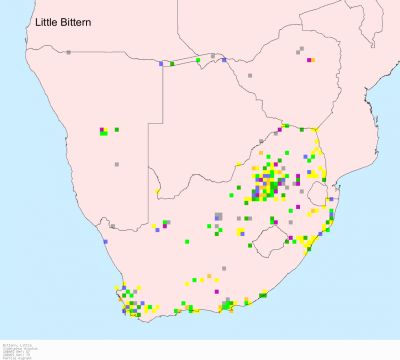
Habitat
It generally prefers Bulrushes (Typha capensis) and reeds (Phragmites) in water, such as in vleis or along the edge of wooded watercourses or sewage ponds.
Movements and migrations
Movement patterns vary greatly between the two different subspecies: L. m. payesii is largely resident while L. m. minutus is a palearctic breeding migrant, present in southern Africa in the period from December-April.
Diet
Fish, amphibians, molluscs & small reptiles.
Breeding
Monogamous, solitary or semi-colonial nester, as nests may spaced close together in prime habitat. The first male to establish a territory seems to overt dominance over other pairs in the area, preventing other females from nesting until his female has finished her clutch. The nest is built solely by the male, who also selects the site, consisting of a platform of reed stems lined with green grass or other fine plant material. It is typically placed in Bulrushes (Typha capensis) or dense reeds (Phragmites), usually at the edge of a clearing or adjacent to an open channel of water. Egg-laying season is from September-June. It lays 2-5 eggs, which are incubated by both sexes for about 18-20 days. The chicks are brooded for the first 8-10 days of their lives, at which point they start to clamber around in the reedbed near the nest, leaving completely at about 14-16 days old, and flying strongly at 27 days old. They are fed by both sexes by regurgitation, on a diet of mainly small fish and frogs.
Call
It gives a short rrah when flushed. The breeding male gives low barks. Listen to Bird Call.
Status
Resident birds are uncommon but non-breeding summer visitors are locally common. The Little Bittern is classified as Least Concern (LC) on the IUCN Red List.
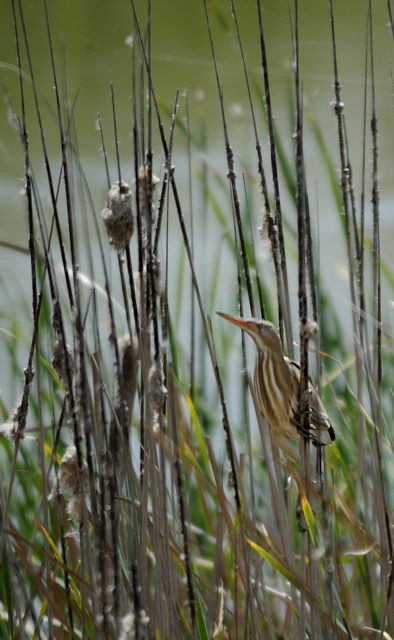



 © Duke
© Duke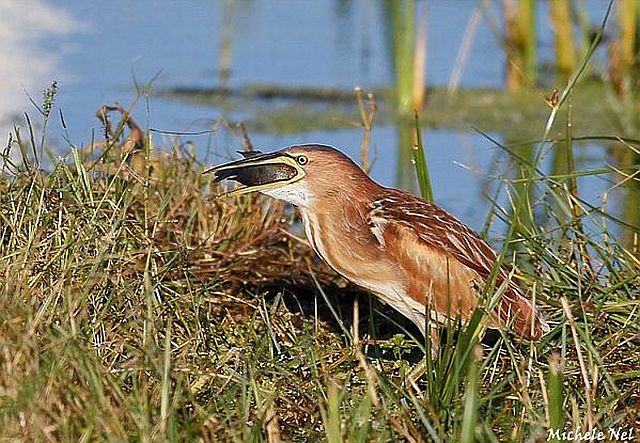 © Michele Nel
© Michele Nel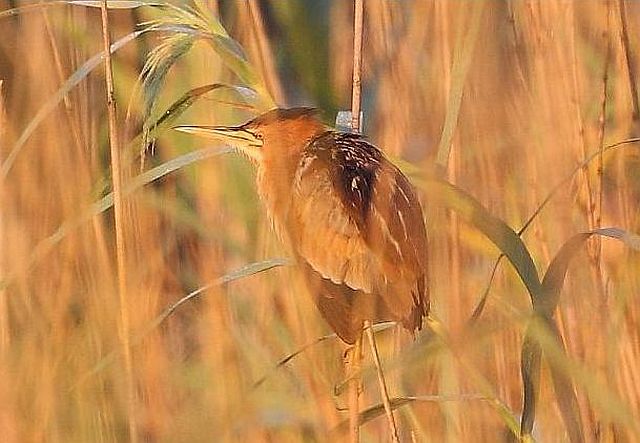 © Sharifa
© Sharifa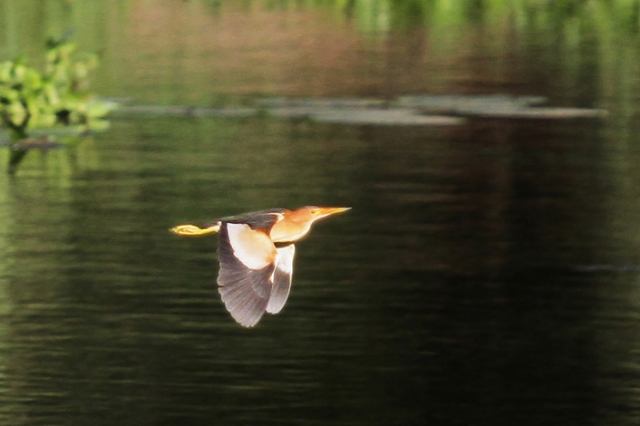 © leachy
© leachy © BluTuna
© BluTuna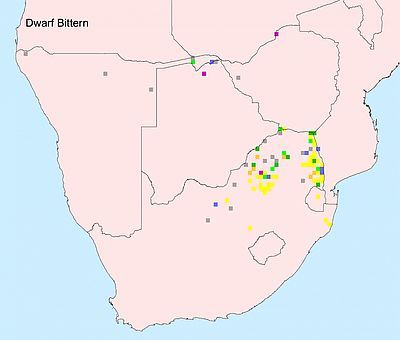
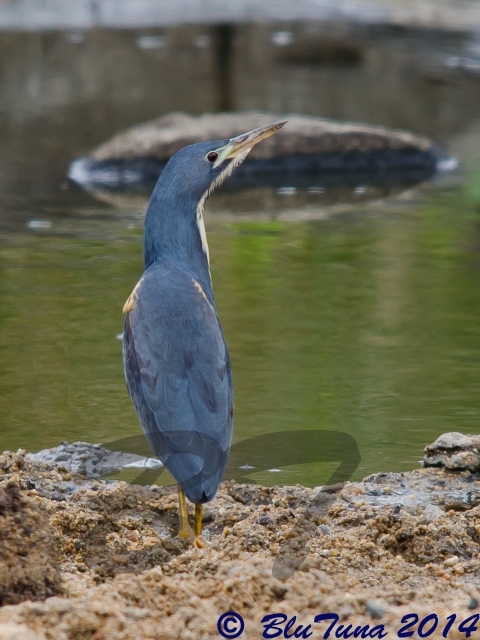 © BluTuna
© BluTuna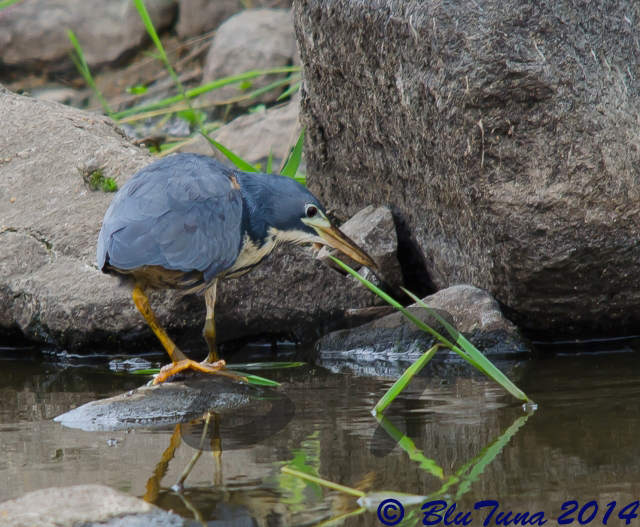 © BluTuna
© BluTuna © BluTuna
© BluTuna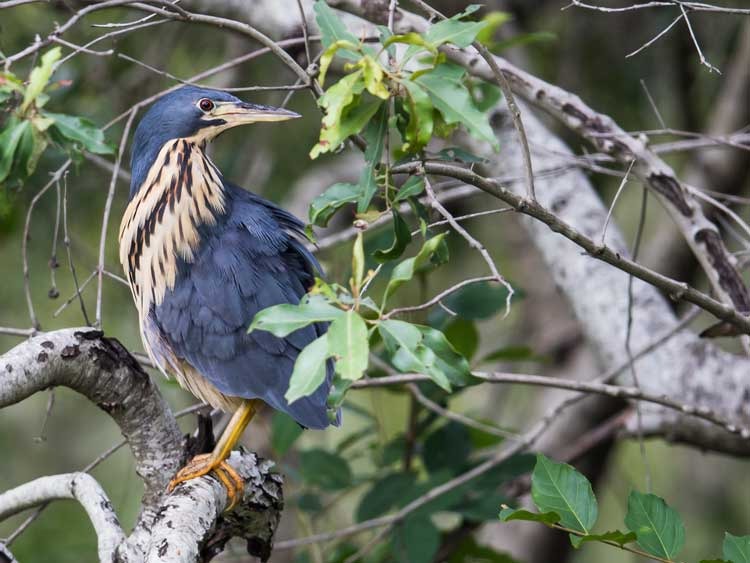
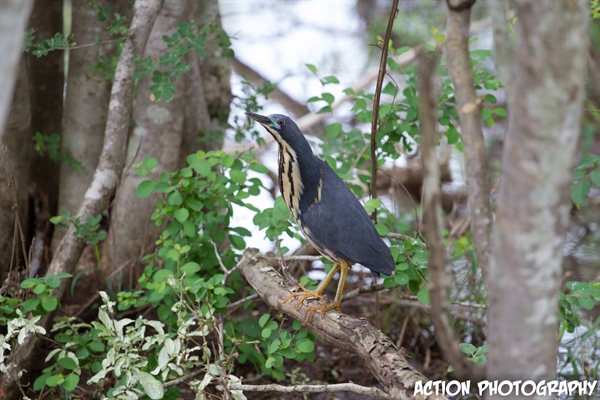
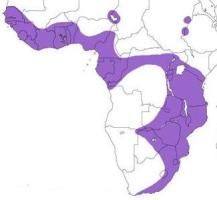
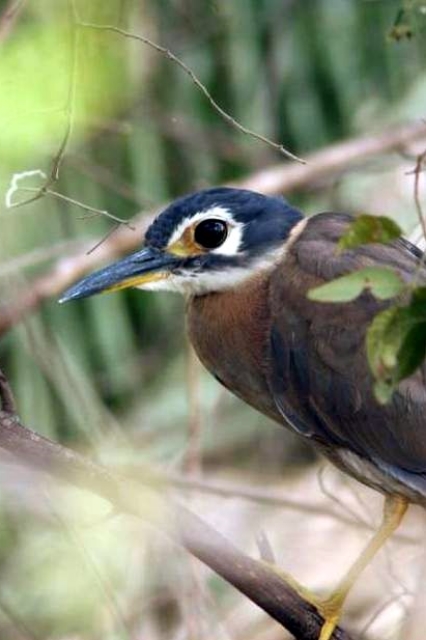

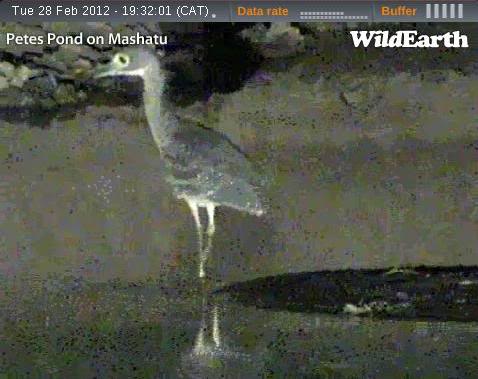
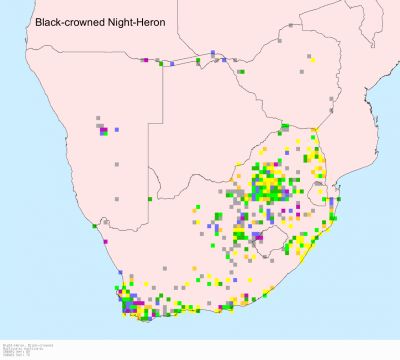
 © leachy
© leachy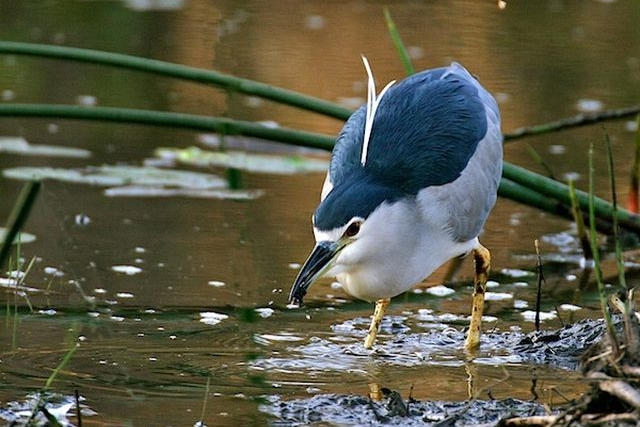 © ExFmem
© ExFmem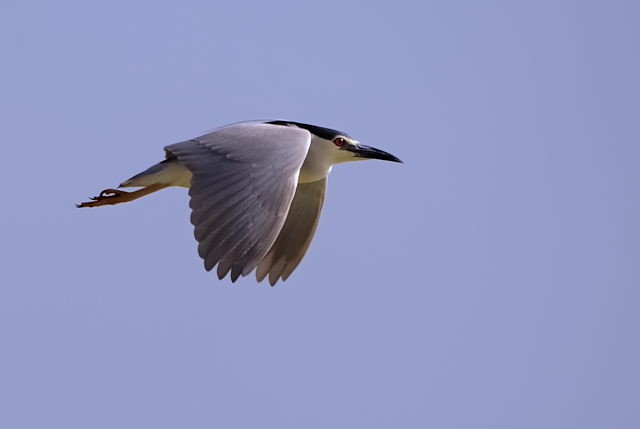 © Dewi
© Dewi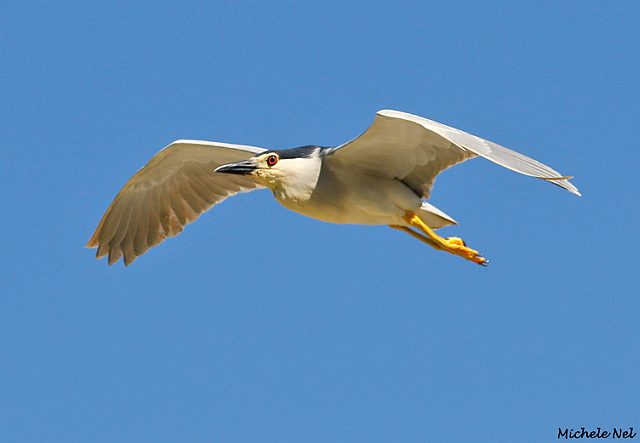 © Michele Nel
© Michele Nel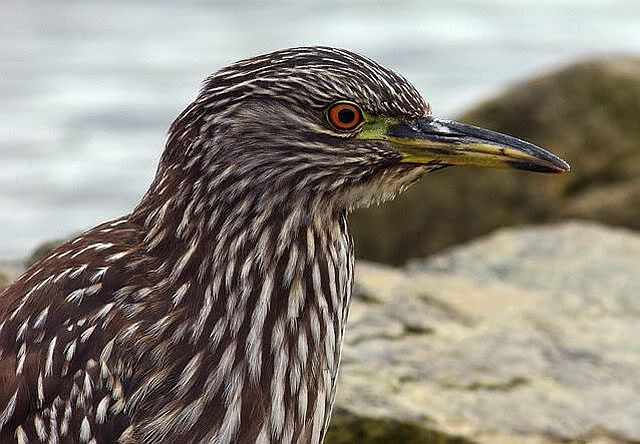 © Dewi
© Dewi Juvenile © BluTuna
Juvenile © BluTuna © Lisbeth
© Lisbeth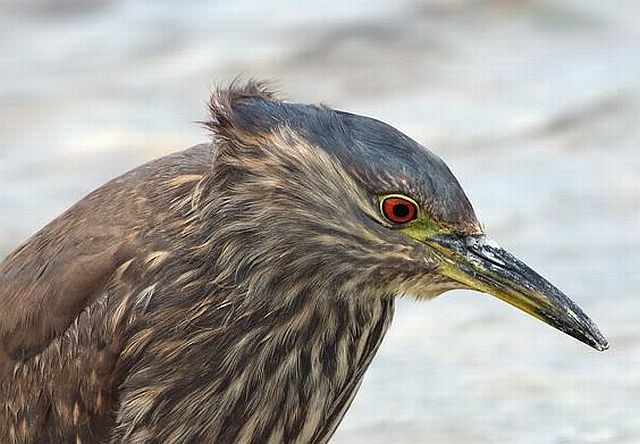 © Dewi
© Dewi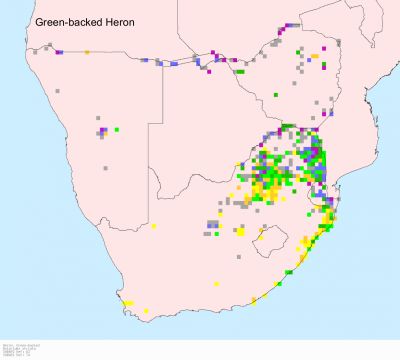
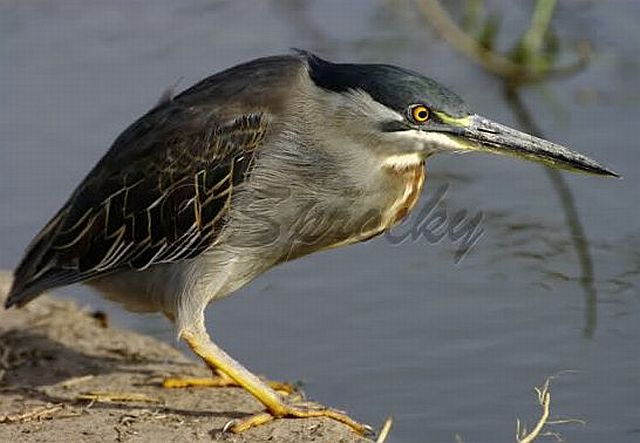
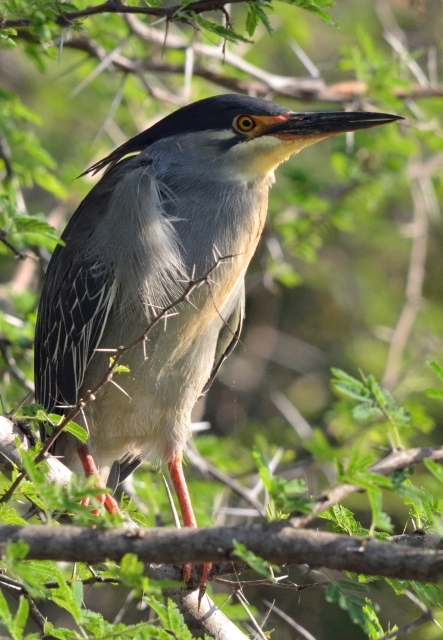 © BluTuna
© BluTuna © Pumbaa
© Pumbaa 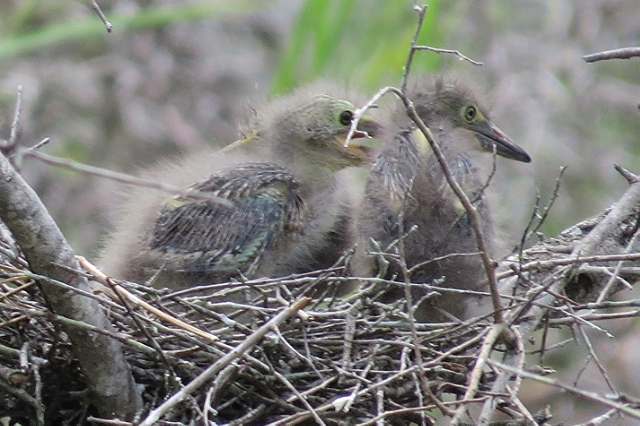 © Tina
© Tina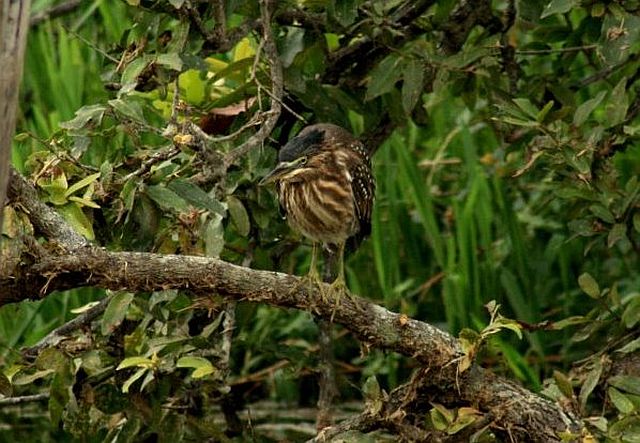 © Flutterby
© Flutterby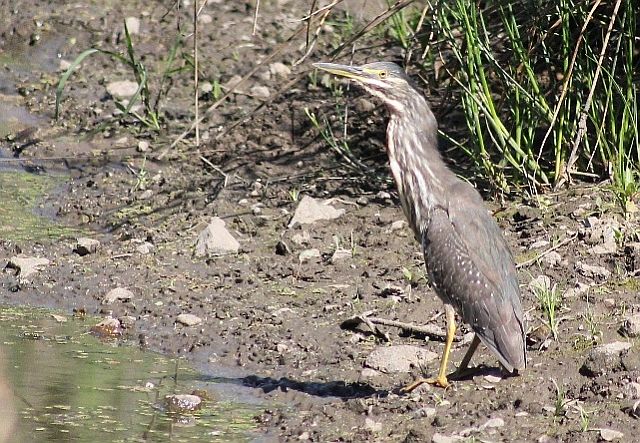 © Amoli
© Amoli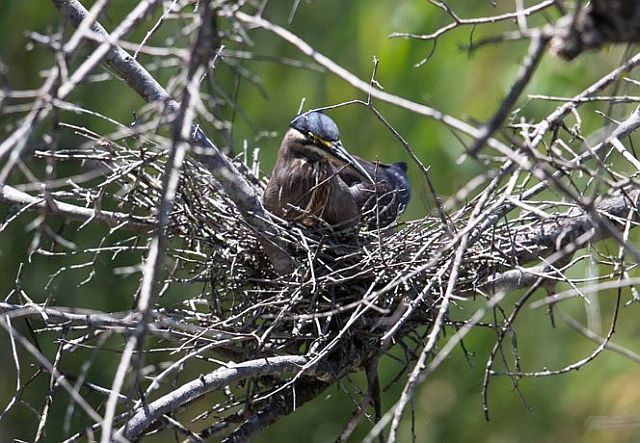 © Pumbaa
© Pumbaa 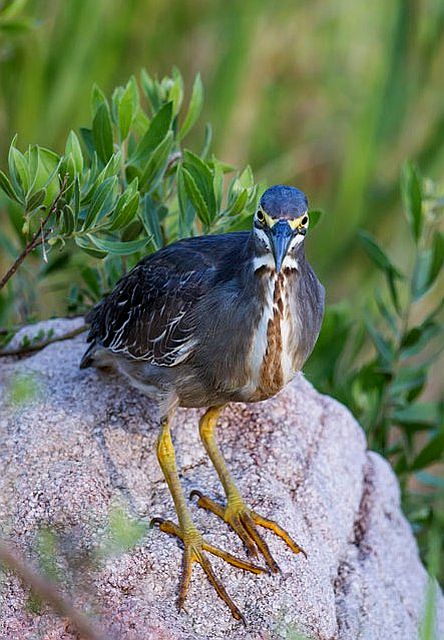 © Pumbaa
© Pumbaa 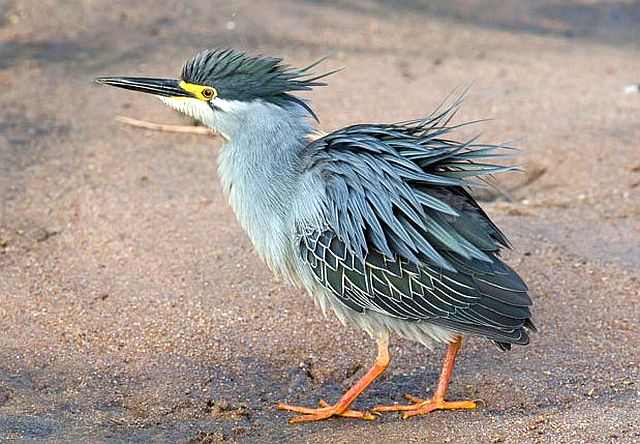 © Pumbaa
© Pumbaa 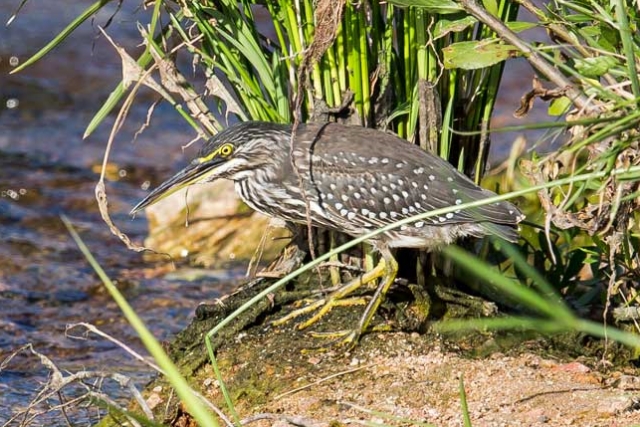 © Pumbaa
© Pumbaa